Tech-Driven Solutions
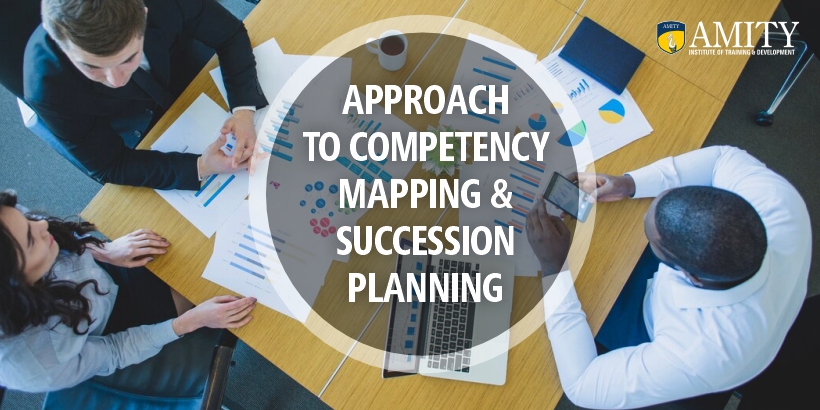
Competency mapping and succession planning become the most important issues in today’s dynamic business environment. It systematically identifies the skills, knowledge, and behaviors necessary for effective job performance. It effectively fosters recruitment and employee development. This is evidenced by research, since 80% of employee turnover derives from inappropriate hiring decisions. The need for an appropriate competency framework of HRM applies here.
Therefore, a way of ensuring that a business passes leadership systematically to provide assurance for the future. High-potential employees are ready for progression to replace leadership whenever such needs arise.
This gives an early warning of avoiding risks associated with leadership strategy development and boosts the growth culture within organizations. Since 80% turnover in organizations is attributed to poor hiring decisions, capability analysis can be instrumental in reducing turnover rates within organizations while improving organizational efficiency.
In this blog we will explore the details of such processes, their techniques, and advantages on how they could be implemented effectively within organizational systems.

Do you know? Since its origin in the 1970s, competency mapping has grown exponentially? From what began as merely job description mapping to understanding the culmination of requirements for skills and behavioral outputs in any activity.
What is Competency Mapping?
This is the structured process of human resource management. It is aimed at identifying and assessing skills, knowledge, and behavior capabilities for employees to function effectively. It makes a detailed inventory of competencies critical to success at the job role or entire organization.

Key Objectives of Competency Mapping
- Alignment of Skills to Organizational Goals: Ensures the adequacy of employee capabilities to meet the organization’s needs.
- Improving the Recruitment Process: Provides a framework for defining ideal candidate profiles.
- Employee Development: Facilitates areas of improvement and growth.
- Supports Performance Management: It aligns performance evaluations into competencies and therefore brings fairness to the appraisal.
Competency Mapping Methods: The 7 Steps You Need to Know

1. Company Vision
Long and short-term goals, key strategic initiatives, and organizational capabilities/gap assessment are important in determining future talent needs, target markets and will give an indication of how to develop your employees.
2. Skills Inventory
Assess current employees to determine suitability for higher roles. Using a competency framework, you can identify specific competencies needed for success. Skills inventory helps assess employees against these competencies making it easier to determine what is already present and what is still required.
3. Identify & Recruit
If you already have the right talent pool, you can move to Step 4. Otherwise, you will have to recruit talent based on the competency gaps you identify in your skills inventory.
4. Evaluate & Inform
Conduct competency assessment of employees to see if their current competencies levels match or are close to those required for the proposed position. It is good to let your employees know they have future opportunities in your Company.
5. Develop
Once you have a selection of employees who have the potential for growth, it is important to develop their skills according to competency assessment. The company must provide learning and development opportunities.
6. Engage Retention
It is an issue for many organizations, so you need to ensure your high potential employees are engaged and want to remain with your organization.
7. HR Procedures
The competency map can be integrated into job descriptions, performance appraisals, and competency mapping training programs to bring consistency in the organization.
Did you know? The term “competency mapping” is derived from the Latin word “competentia,” meaning “the ability to do something well.” The etymology of the word points to what competence mapping essentially is-meaning the identification of the skills that help an organization succeed.
Role of Technology in Competence Mapping Framework
With most of the organizations relying more and more on the route of technological excellence to enhance their HR processes, several advancements have come in the way of skills mapping tools in HR software, especially in their implementation. The tools further streamline the process through automatic assessments, dashboards, and analytics support to ensure decision making based on data.
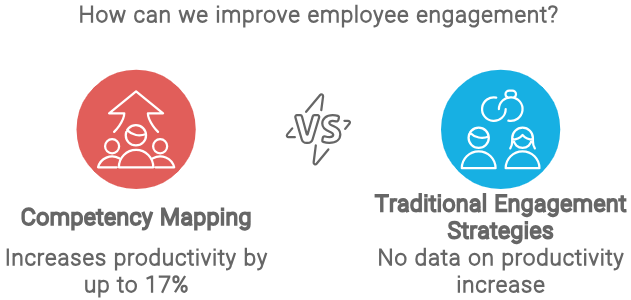
For a company that gives priority to sales, we shall illustrate how such competency is defined & performance level established.
The Significance of Succession Planning
It is the strategic process that involves identifying and developing internally available personnel to replace key leadership positions in the future. The process ensures an arrangement of stability and organisational continuity at the transition point.
Succession Planning Process for Effective Leadership Transition
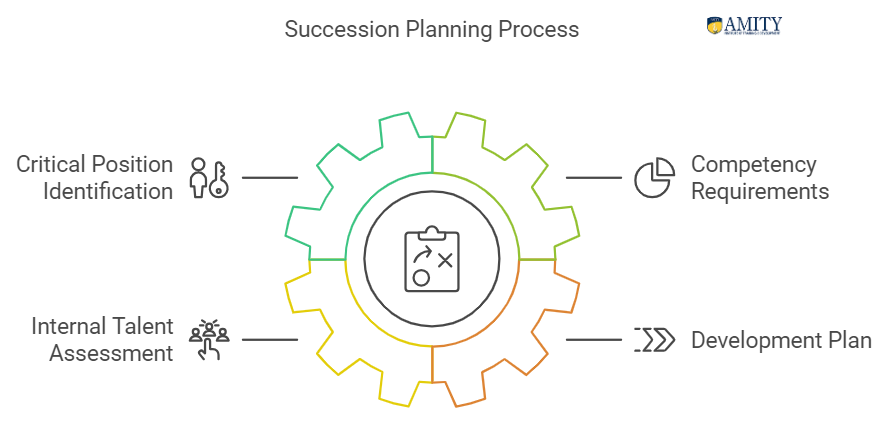
- Critical Position Identification: Organizations must know which roles are critical to the organisation’s success and thus require a succession plan.
- Competency Requirements: There is a critical requirement that clear competencies in these key positions must be defined for effective succession planning.
- Internal Talent Assessment: This internal talent can then be assessed against those competencies to spot candidates with high potential for leadership roles in the future.
- Development Plan: Based on this identified candidate, development plans can then ensure that he/she is adequately prepared to take up a leadership role when the need arises.

DO YOU KNOW? 75% of companies with a formal process for successive alignment reported that it had improved employee engagement and retention. This may, therefore, be indicative of the actual effect which effective succession planning might have on the culture of the organization and even the organizational performance.
Essential Competence Analysis Tools for Effective Succession Planning
Many tools could facilitate competence analysis and succession planning process
- Competency Management Systems: Software programs that automate tracking and monitoring competency development processes as well as other competence-based assessments.
- Psychometric Evaluations: The assessment tools aim at testing interpersonal skills, critical thinking, among others to become good leaders.
- 360 Degree Feedback Systems: These are those systems which provide multi-source feedback of various sources from which an employee obtains insight about his or her competencies.

(Source:aihr)
Jonathan Westover, OD/HR/Leadership consultant from Human Capital Innovations, emphasizes: “It is important to ensure that feedback is focused on behaviors and actions, rather than personal characteristics or traits. This can help ensure that feedback is objective and focused on areas that the employee can actually improve upon.”
Competencies Mapping Format for Sales Roles

Proficiency levels may range from Level 1 (Novice) to Level 5 (Master). Each role will have a Desired Proficiency Level (DPL).
The analysis of competencies required for higher roles and mapping them with proficiency shown by potential leaders, a clear road map for successive planning can be created.
Effective succession planning has advantages both for employers and employees. Employees benefit by knowing the organization has plans for their future development opportunities, and an increased perception of self-worth and value.
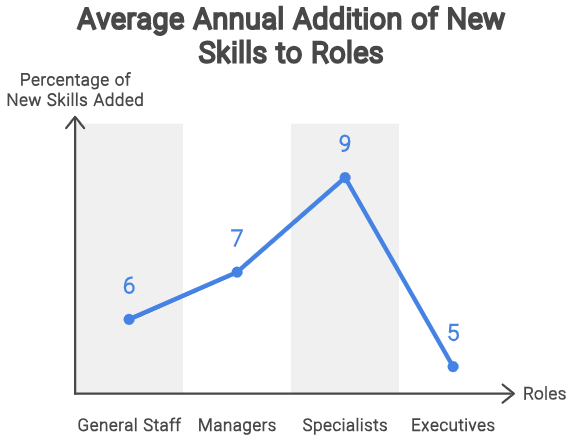
(Source: imocha)
DO YOU KNOW? Organizations on average report 8 percent of new skills added to every role every year, thus making the requirements of jobs dynamic in nature and creating the need for continuous talent mapping.
Integrating Competency Mapping with Succession Planning
Competence mapping in succession planning helps create a cohesive strategy related to workforce capabilities as they align with the future needs of leadership positions. It helps organizations anticipate when shortages in the workforce will likely occur as well as cultivate a continuing development culture.
How Do Organizations Overcome Succession Planning challenges?
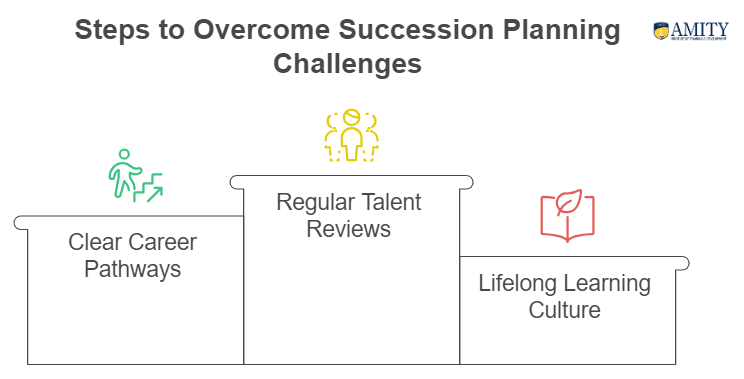
This creates issues within an organization can be defined more clearly as under-identification of high potentials and lack of engagement among possible successors. Steps to overcome these issues are as follows:
- Conduct talent reviews regularly.
- Provide clearly defined career pathways.
- Create a culture of lifelong learning and development.

This research paper titled “Competency Mapping Level of Employees of Weikfield Foods Pvt. Ltd. Pune during Post Covid-19” by Dr. Swati Manoj Yeole and Dr. Jitender Kumar Sharma (2024) emphasizes the relevance of competency identification in this post-COVID-19 era, where desired competency levels for different roles could be identified in order to improve the performance and talent growth of employees.
How AITD Can Help in Competency Mapping & Succession Planning?
Amity Institute of Training and Development (AITD) provides comprehensive solutions that help organizations successfully implement competency mapping training & leadership continuity planning. Being a well-known HR training & development program delivery institution, AITD is well aware of the issues organisations face in achieving workforces with desired skills to meet strategic goals.
Role of AITD in Competency Mapping
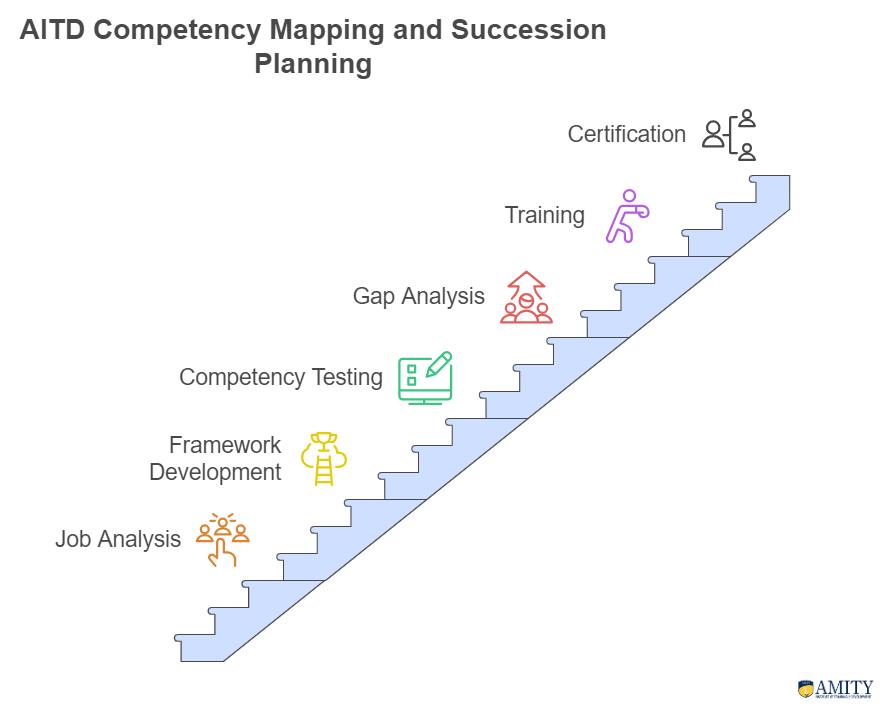
AITD Competency alignment is the methodological approach toward the alignment of the skills of employees with the organizational goals. Their services include,
1. Job Analysis
During AITD’s job analysis, they identify the central responsibilities and tasks that are supposed to be performed and the core competencies required in a particular role.
2. Competency Framework Development
AITD formulates customized competency framework specifications based on the necessity of the type of skills and knowledge required for success in a particular job role.
3. Competency Based Assessment
AITD uses psychometrics and 360-degree feedback tools amongst other things, to assess employee competencies against the defined models.
4. Gap Analysis
Analysis of existing and required competencies follow the skill gap and allow AITD to initiate and organize proper training and development programmes.
AITD Supports in Succession Planning
AITD provides diverse tools to develop effective key position planning efforts:
1. Competency Alignment Training
AITD develops the practice of talent succession through different training and development programs in the selected employees so that they become ready to take on greater challenges when the organizations need it.
2. Workshops/Seminar
The AITD makes organizations familiar with new ideas and developments in career mapping by conducting workshops occasionally on the best practices.
3. Consulting services
AITD offers consulting services on succession plan designing suitable for any specific organization.
4. Competence mapping Certification
Certification enables AITD to empower the HR practitioner with knowledge mapping and linking process learning to be implemented within their organizations.
Contributed by AITD

According to AITD, organizations succeeding in applying competency framework development and succession planning strategies are 1.5 times more likely to beat their competitors. Also, a study states that 80 percent of employee turnover is a result of a wrong hiring decision. That clearly gives out importance to integrate knowledge mapping in the recruitment process.
Through its partnership with AITD, organizations will gain the ability to more clearly competency mapping training and leadership continuity to ensure that the workforce will be competent and future-proof. AITD provides customized solutions while being highly aware of HR best practices, making them a trusted partner for the success of organizations.







